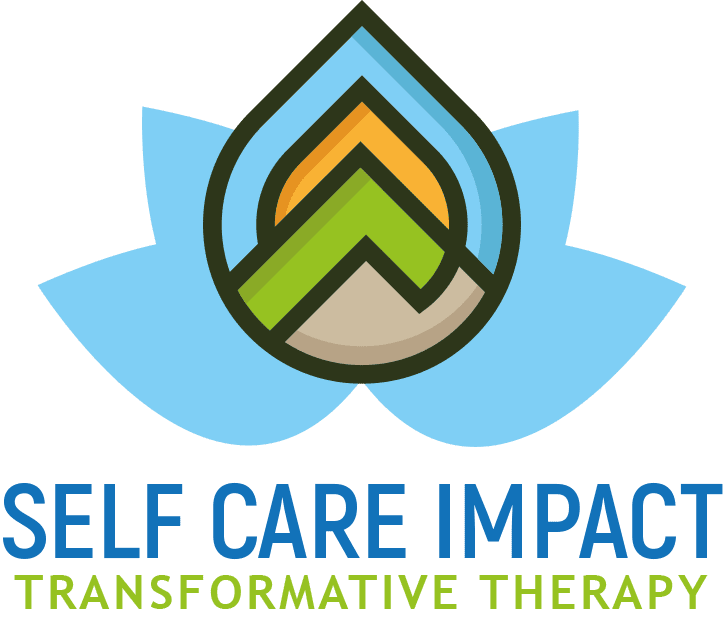Utter the word “intimacy” and it will typically conjure up images of sex. This is fine and sometimes accurate… but only a fraction of intimacy’s depth. Beyond physical or sexual intimacy, other categories exist. For the purposes of this post, the focus will be on emotional intimacy. However, I will briefly describe a few other versions.
The overall goal is to broaden the conversation. We live in a “sex sells” culture. We carry around devices that give us easy access to extreme images of sex. In the meantime, too many of us seem hesitant to discuss or engage in other forms of intimacy.
3 Other Types of Intimacy
1. Spiritual
This can be about your religious practice but it definitely does not have to be. You and your partner can share powerful and intimate moments with or without prayer. For example:
- Appreciating the beauty of nature together
- Reading to each other from texts that qualify as spiritual to you
- Discussing your values and sense of purpose
2. Experiential
In other contexts, you might call this “teamwork.” From fitness training to cooking to collaborating on a home-related project, the possibilities are endless. So are the benefits.
3. Intellectual
It begins with both partners feeling free when forming their own opinions and beliefs. From there, you feel comfortable voicing your ideas — even if they differ from those of your partner. Deep discussions and debates can be an incredibly bonding experience. After all, intelligence is often listed near the top of any list of sexually attractive qualities.
What is Emotional Intimacy?
Emotional intimacy runs through all the above examples — and through sexual intimacy. It is the foundation of a balanced relationship. Both partners feel safe when being authentic. This might, for example, include giving voice to dreams and goals. Also, it could include complex emotions, e.g.
- Frustration
- Fear
- Anger
- Disappointment
- Grief
- Jealousy
Examples of Emotional Intimacy
- Confiding in each other
- Owning up to self-doubt
- Having inside jokes
- Sharing about events and episodes that happen when you’re not together
- Empathizing with each other
- Using nicknames
- Being physical (kisses, hand-holding, cuddling, etc.) in a non-sexual way
How to Build & Maintain Emotional Intimacy
Prioritize Communication
By communication, I mean direct and face-to-face. Your texts and social media interactions are fine and often fun. But nothing replaces the nuance of having a real conversation. You gain the benefit of, for example:
- Vocal inflections and tone
- Facial expressions
- Body language and posture
- Physical gestures
And remember, healthy communication is a never-ending process.
Schedule Regular Check-Ins
Don’t leave emotional intimacy to chance. Check-in with each other often. If possible, schedule such conversations. Also, don’t leave feelings left unsaid and resist passive-aggressive moves like the silent treatment. Get comfortable having tough discussions before they fester into something worse.
Listen and Validate Your Partner’s Feelings
Even if you can’t fully understand them, let your partner know that are holding space for them. Listening is such a valuable skill. If they ask for help, do your best. But also, be ready and willing to listen without trying to “fix” the problem. What matters most is your presence and sincere attention.
Some Guidance is Highly Recommended
As a culture, we talk so little about other forms of intimacy. Thus, no one should be expected to have it all figured out. If you and/or your partner feel stuck in any way, ask for help. Working with a skilled counselor can be another expression of intimacy. As a team, you are committing to healing and resolution. I’d love to work with you as you raise your level of emotional intimacy. Reach out today to discuss couples counseling and set up a free and confidential consultation.

